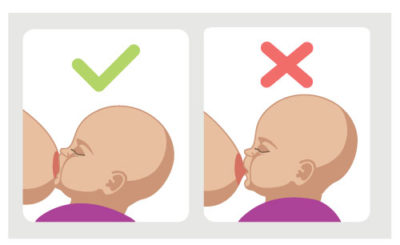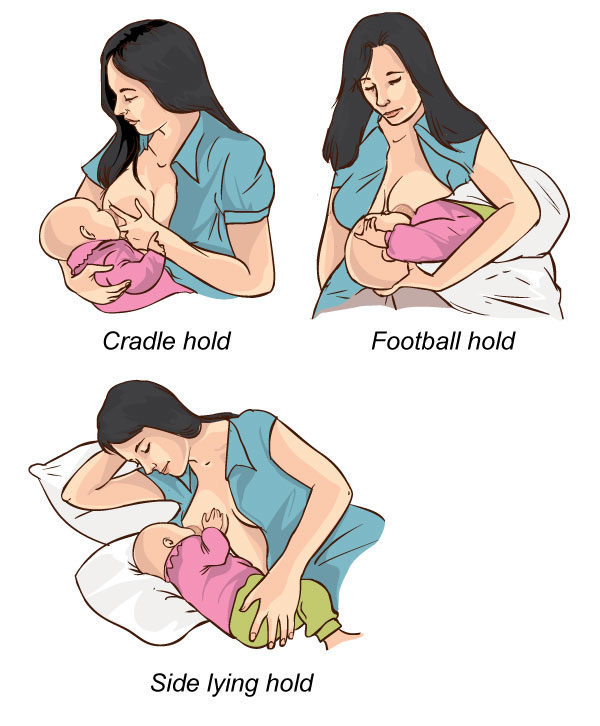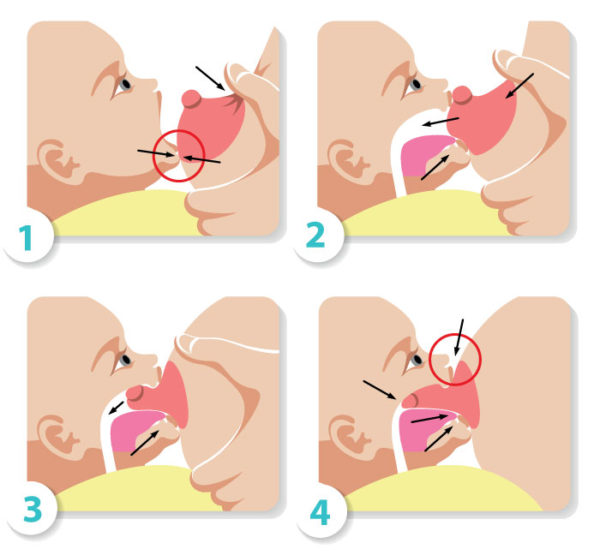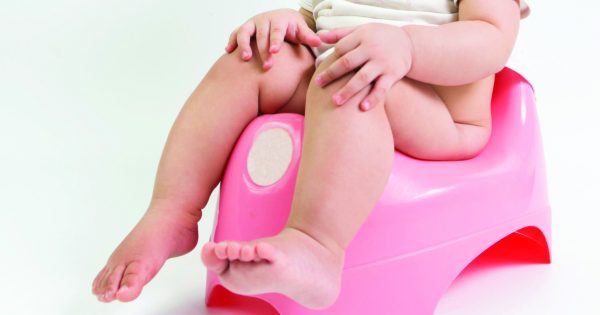Exclusive breastfeeding is recommended until baby reaches two years of age. However, a common reason given by breastfeeding mothers who stop exclusive breastfeeding early is persistent nipple pain. This often happens as a result of improper latching or positioning of baby during feeding. As a result, the breastfeeding mother may experience sore nipples which could lead to cracked or abraded nipples later on.
This situation not only causes pain to the mother, it can also cause her to feel psychological distress. Additionally, it may also interfere with her quality of life, e.g. negatively affect her mood, sleep, and bonding with her infant. However, rest assured that with proper care and the right breastfeeding techniques, cracked or abraded nipples will not be a deterrent to continue breastfeeding.
Possible causes of cracked or abraded nipples include:
- Baby not latching on properly, thus squashing your nipple between his tongue and hard palate
- Dry skin or eczema
- Improper use of breast pump, which may cause damage to your nipple
The key to proper breastfeeding
In order to breastfeed with the minimum of fuss, you must achieve proper positioning and attachment, i.e. baby should be in a position that is comfortable for both of you and he should be latched on to your nipple correctly.
Here are three basic positions for breastfeeding to help achieve proper positioning:
Here is how proper attachment should be done:
- Hold baby close with his nose level with your nipple.
- Tip his head back a little with his top lip touching your nipple. This encourages him to open his mouth wide.
- Position his mouth so that his chin touches your breast first, ensuring his head is tipped back – this enables his tongue to access as much breast as possible and your nipple should be toward the roof of his mouth.
- When he is suckling, his chin should be firmly touching your breast and his nose should be clear of any obstructions. His cheeks will look full and rounded as he feeds.
Important!
Don’t give up on breastfeeding as you can still continue despite having cracked or abraded nipples. Remember that simple hygiene and care will go a long way. However, if the cracked nipple does not heal despite your efforts, see a doctor as soon as possible.
How to check for proper latching
You will know when your baby is latched on correctly by the following signs:
- His mouth is wide open with his chin touching the breast he is currently nursing on.
- His cheeks should be round and full.
- There should be no smacking or slurping sounds.
- You should feel a strong drawing sensation which may be initially uncomfortable, but pain-free later.
If you experience the following signs instead, it means that he is not well attached:
- Painful feeding.
- His sucking rhythm stays short or is fluttering constantly (although this may happen in the initial phase of attachment, but should gradually change to a slower and longer pull as he nurses).
- His cheeks are drawn in and dimpled.
- He is restless and keeps coming off the breast.
In this situation, you can try the following:
- Use a different breastfeeding position and baby might be able to latch on properly.
- If your nipples need more time to recover, you can try expressing breast milk instead of direct feeding.
- Wear a nipple shield to prevent your nipples from chafing against your bra between feedings (be sure to check with your doctor on the correct way to use them).
What you can do to ease sore nipples:
- Before each breastfeeding session, gently massage your breasts to release the milk. Apply several drops of breast milk on the sore nipple to help it heal
- Start breastfeeding on the less affected breast before switching to the more affected breast after let-down.
- Use small amounts of lanolin cream to ease the pain and help your nipple heal faster. You don’t need to wipe or wash it off before feeding.
- Do not use soap or alcohol for cleaning as they can dry out the nipple.
- If the pain is severe, take some painkillers such as paracetamol or ibuprofen 30 minutes before feeding.
An educational collaboration with Obstetrical and Gynaecological Society of Malaysia.










Comments